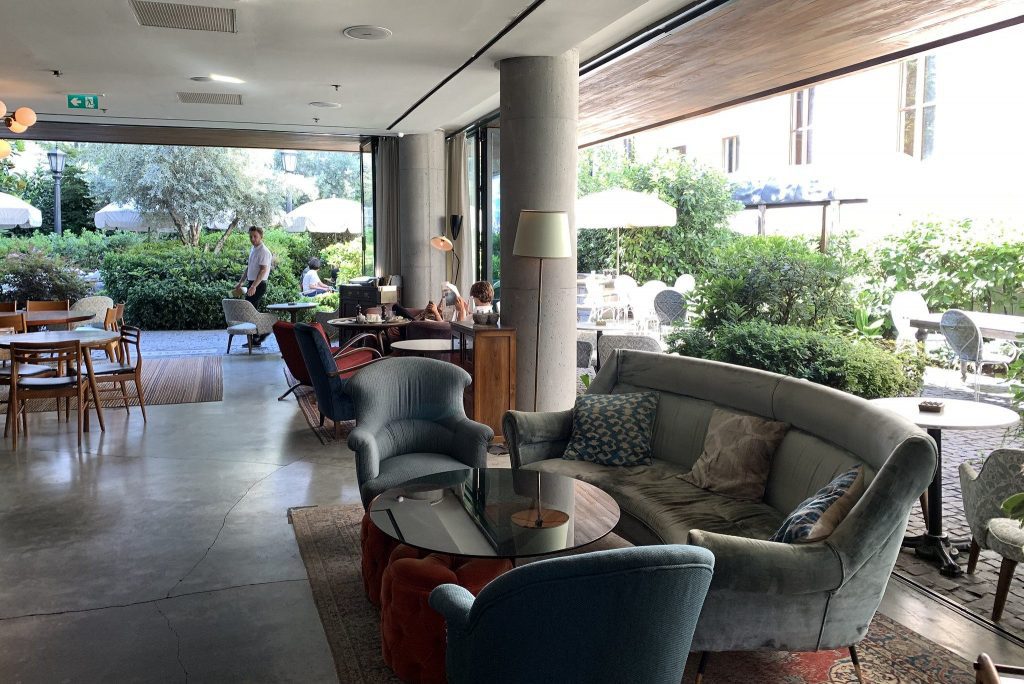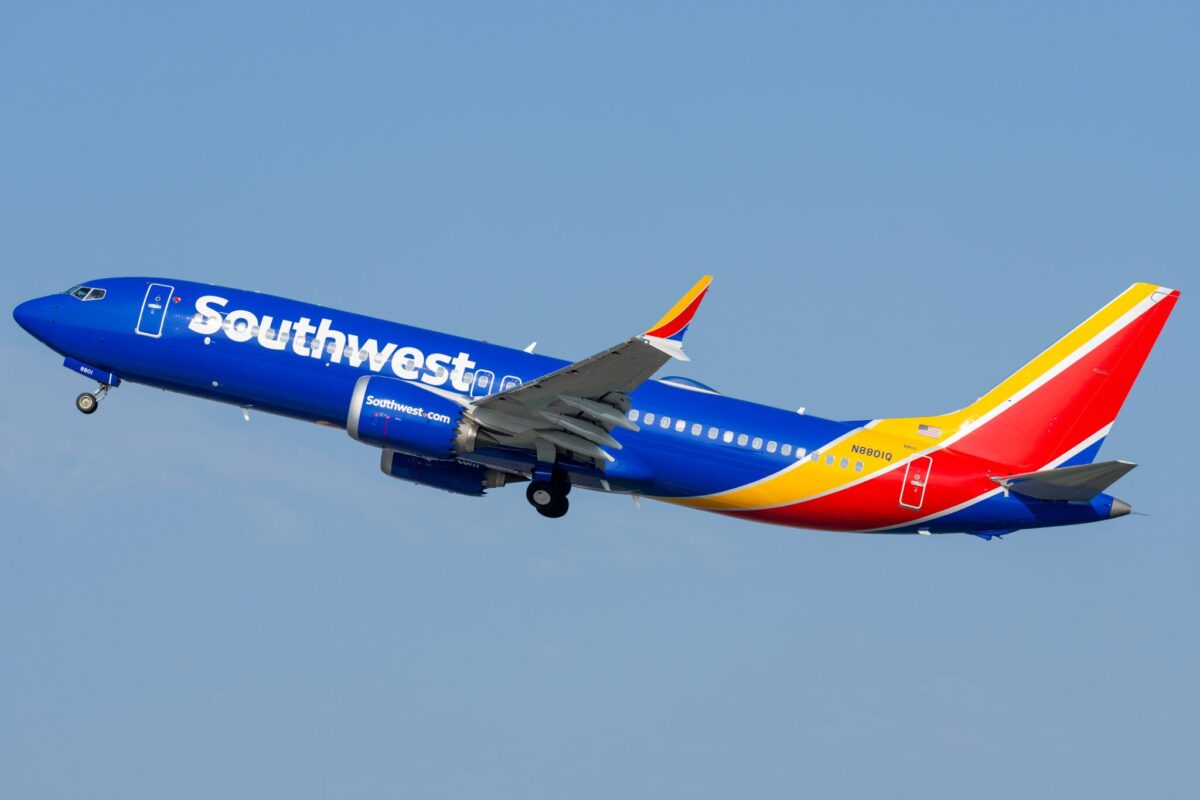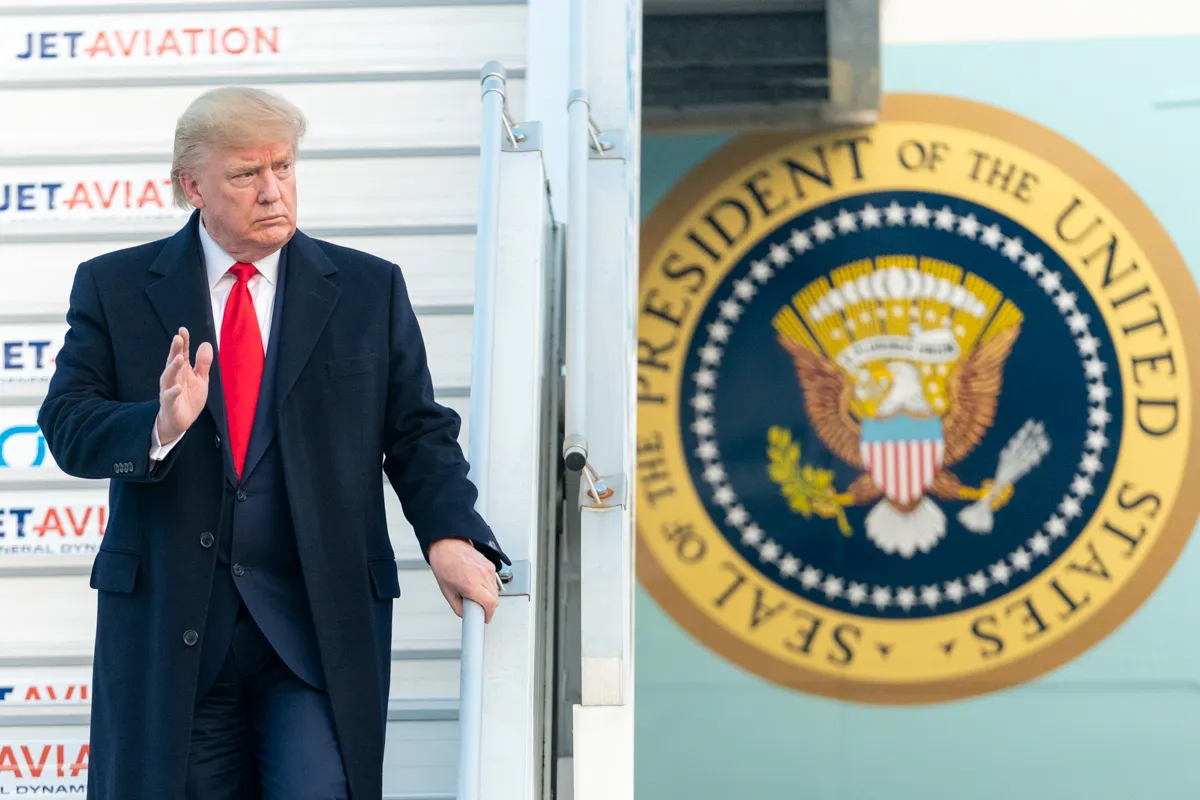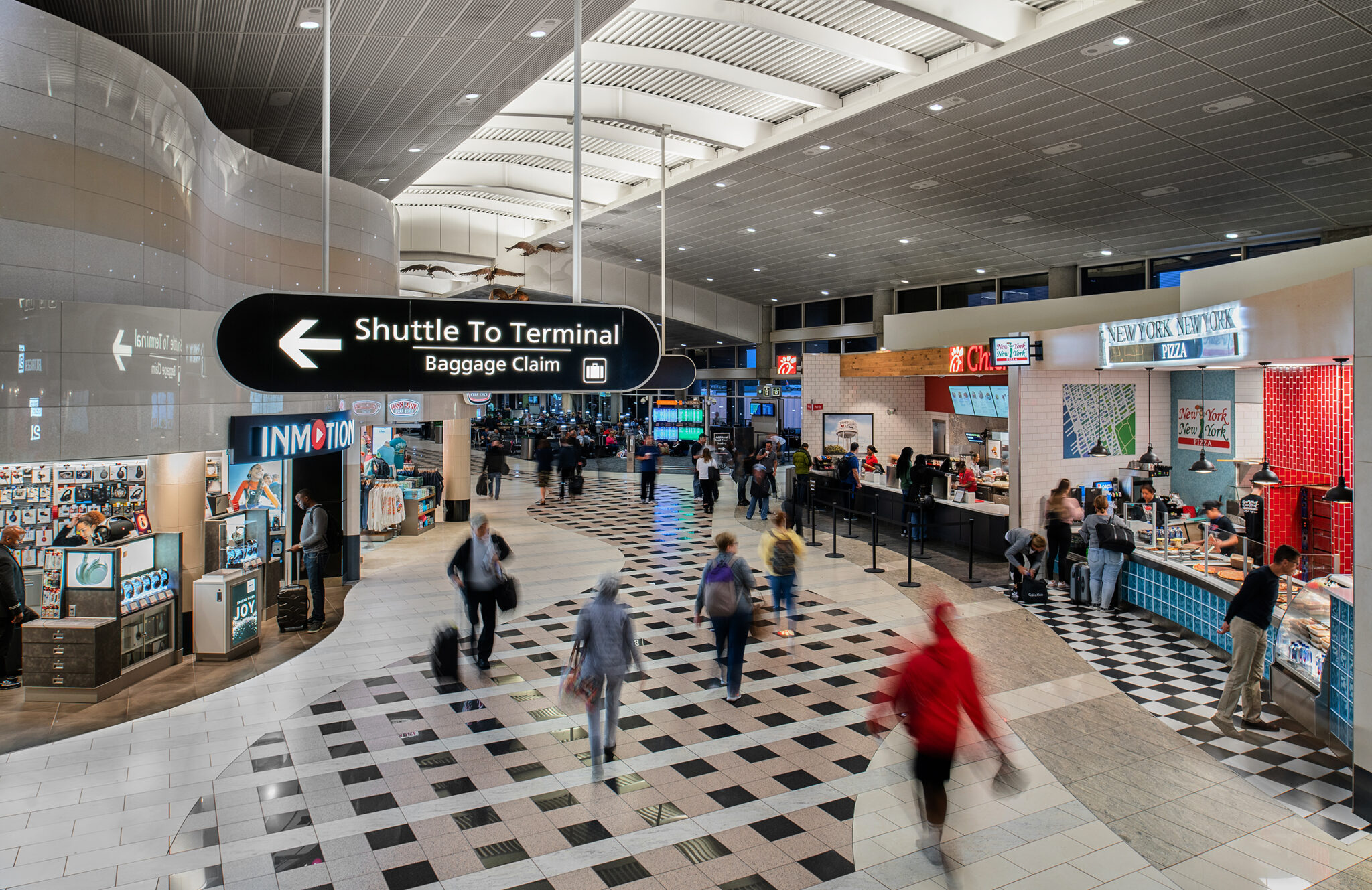What SoHo House Going Public Says About the Future of Luxury Travel

Skift Take
The notoriously exclusive SoHo House, a global chain of members-only clubs known for favoring the creative class over financiers, is finally courting Wall Street in a second attempt to go public.
SoHo House is working with Morgan Stanley and JP Morgan on a potential New York stock market listing that would value the company at as much as $3 billion, the British newspaper the Times reported late last week. The London-based members club ended plans to go public in 2018, when the company was then valued at $2 billion.
It may not seem like the best time for a company like SoHo House to go public, given the world is nearly a year into a global pandemic that has temporarily suspended operations at many of the company’s 27 clubs and left 1,000 of its 8,000 employees without a job.
But travel analysts see plenty of upside to the members-only model during the travel recovery, and there may be no better time to list than now, when travel stocks are soaring on optimism travel restrictions will lift in a matter of months and usher in a booming era of luxury travel.
"More and more companies and groups are very eager to explore and expand the membership concept. It’s all been fueled by the pandemic and how that has impacted how we live, work, and play," said Gilda Perez-Alvarado, global CEO of JLL Hotels & Hospitality. "Maybe you travel to a certain city where there’s an exclusive space you can stay that’s giving you a more residential and very personal approach service. That’s the winning formula going forward."
Membership clubs like SoHo House also stand to see gains in the recovery with more people working remotely and wanting a more exclusive working environment than an office or typical coworking space.
The SoHo House news arrived amid a flurry of travel companies going public through a merger with special-purpose acquisition company, or SPAC. These shell companies with no actual operations typically clear the way for a faster public offering than a traditional, bank-led initial public offering. Hong Kong-based Rosewood Hotel Group reportedly plans to go public via a SPAC.
SoHo House’s own public filing, expected as early as later this month, appears to be going the traditional route based on its hiring of Morgan Stanley and JP Morgan.
Luxury Snapback
The potential public listing comes amid growing expectations that luxury travel demand will snap back quickly from the catastrophic decline in performance during the pandemic.
While the health crisis has been financially devastating for so many people, there are also many people who have been lucky enough to hold onto their jobs and save significantly more money than usual due to not being able to go out or travel as much.
U.S. households saved $1.6 trillion more in the pandemic than they would have in normal economic times, according to Oxford Economics.
Once travel bans or limits lift, those types of customers are expected to pump significant money into the travel sphere.
"The amount of pent-up demand in the system right now, especially from a luxury and high-end perspective, is quite something," Perez-Alvarado said.
Most people may associate SoHo House with its reputation for membership waiting lists to gain access to ultra-exclusive spaces like a rooftop pool in New York City or a beach in Mykonos. But the brand is more than the kind of notoriety that even became a plot point in a 2003 episode of “Sex and the City.”
A company like SoHo House is well-positioned to capitalize on emerging travel recovery trends, as luxury domestic travel is expected to see an early recovery while international borders remain closed. The membership clubs have public work areas, dubbed SoHo Works, suitable for the work-from-anywhere trend that grew during the pandemic while people shied away from their traditional offices.
The exclusivity on who gets admitted to one of the clubs would arguably give members more confidence in returning to work in one of these spaces rather than, say, a WeWork that has more of an anyone-can-join policy.
The only headwind could be from how many memberships were cancelled during the pandemic, said Richard Clarke, a senior analyst covering global leisure and hotels at Bernstein.
But only 10,000 of SoHo House’s 110,000 members cancelled their memberships, according to the Times.
SoHo House declined to comment on this story.
What’s Old Is New Again
Social clubs are not a new way to travel or mingle. Many cities around the world still have centuries-old membership clubs that cater to the upper echelons of society.
Clubs like Boodle’s and Brooks’s in London date back to the 1700s. Another, White’s, was founded in 1693 and counts Prince Charles and Prince William as members.
Not much is known about Boston’s Somerset Club apart from the widely circulated tale firefighters were asked to use a rear service entrance when a fire broke out in 1945 — members in the dining room shouldn’t be disturbed, the thinking went at the time.
But many social clubs lost their luster in the back half of the 20th century, as society generally became more inclusive and people increasingly turned to technology as a way to socialize.
But SoHo House was a different kind of club when it first arrived to London in 1995. Founder Nick Jones established the brand as one that catered its membership roster to a mix of people from creative industries like media and fashion rather than the titans of the financial or political spheres.
The idea paid off, as there are now 27 locations around the world in cities like Los Angeles and Mumbai. Future locations include Rome, Paris, and Austin, Texas.
Competitors are clearly taking note. Hotelier Andre Balazs announced plans last year to convert the Chateau Marmont in Los Angeles to a members-only model. More could be in the works, especially as the pandemic leaves more luxury travelers craving familiarity and less interaction with strangers.
The exclusive-use idea was beginning to pick up steam in other sectors of the hotel industry pre-pandemic, notably with hotel brands like St. Regis and Four Seasons beginning to build residential-only projects without an actual hotel component.
“There is something to be said for knowing people,” Balazs told the Wall Street Journal last year about the members-only model. “You can chat with them. You know where they have been.”
Exclusive Problems With Scalability
The pandemic may have been particularly brutal to hotel industry, but SoHo House also had its share of financial issues before the crisis. A high debt burden from ongoing expansion left the company with roughly $90 million in pre-tax losses in 2018 and roughly $107 million in 2019.
Scaling up exclusive brands can also lead to problems since they suddenly feel, well, less exclusive. Soul Cycle has notably struggled as it expanded to locations beyond Manhattan and suddenly faced competition from cheaper alternatives and the rise of Peloton.
SoHo House will face a similar competitive landscape in the future, as Balazs ramps up his own membership-only model and others also enter the fray like Zero Bond — a New York City social club that owner Scott Sartiano described as more community-based than SoHo House and had a bigger focus on racial diversity.
There is also the question of how many people in future SoHo House markets would go through the hassle of the application process and ensuing costs when there are cheaper alternatives for some of its offerings like coworking. Stellar service didn’t always go hand-in-hand with SoHo House’s exclusivity, Skift reported in 2018.
But SoHo House’s revenue breakdown also falls in line with where many of the world’s hotel CEOs expect the industry to trend in coming years. About half the company’s 2019 revenue stemmed from food and drink sales, which is basically what Accor leaders define as the financial make-up of a lifestyle hotel.
While not a membership club, Accor's lifestyle hotels like the recently announced Maison Delano in Paris behave in similar ways as a SoHo House, Perez-Alvarado said. Room counts are smaller: the Parisian hotel only has 56 guest rooms.
These types of hotels, which largely cater to a local clientele, could make up as much as 20 percent of the world’s hotel supply in coming years, Accor CEO Sebastien Bazin said on an investor call earlier this month.
If that growth forecast pans out, SoHo House could see plenty of upside. But analysts caution growth needs to be smart and selective.
"If you’re catering to the same client and basically following their walking or flying path, I think you’ll be absolutely fine in terms of growing globally," Perez-Alvarado said. "But yeah, I would not put 10 SoHo Houses in New York City. I think that would destroy it."




